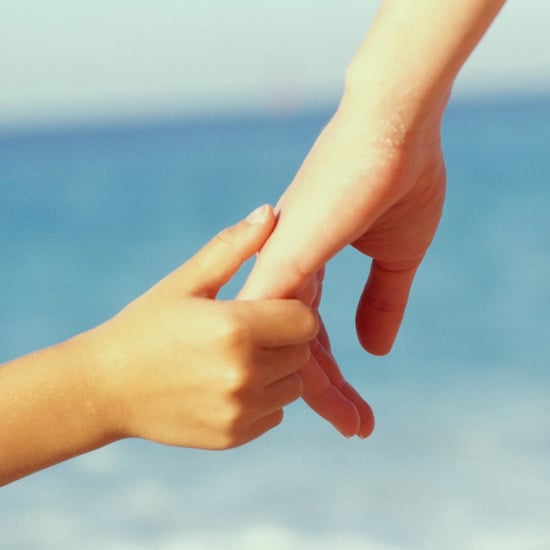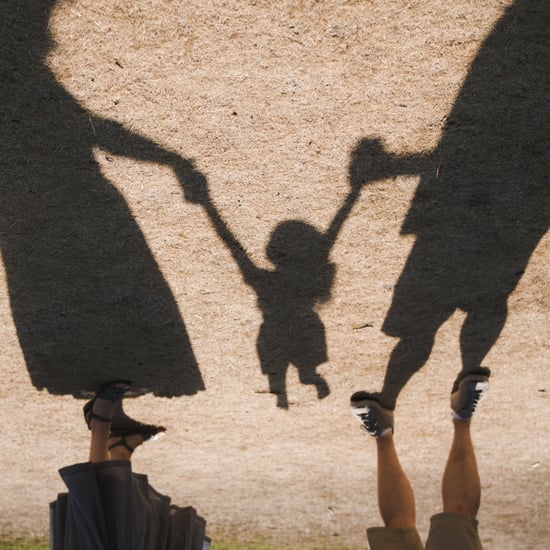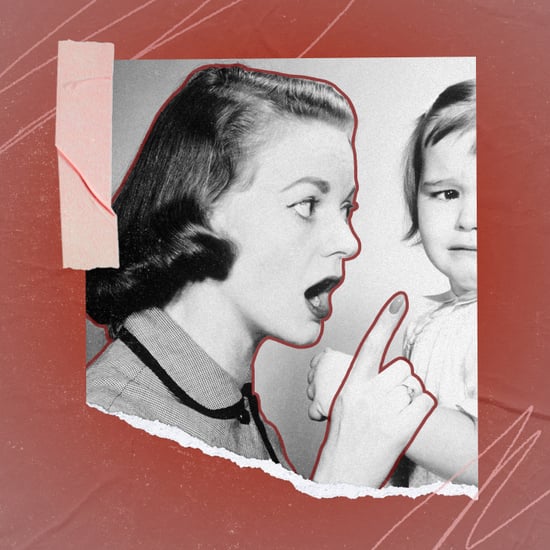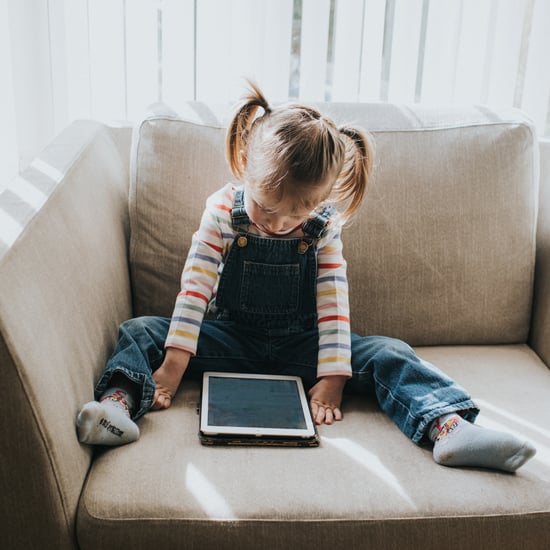How to Teach Kids Digital Literacy
How to Teach Your Kids Digital Literacy — and Keep Them Safe Online
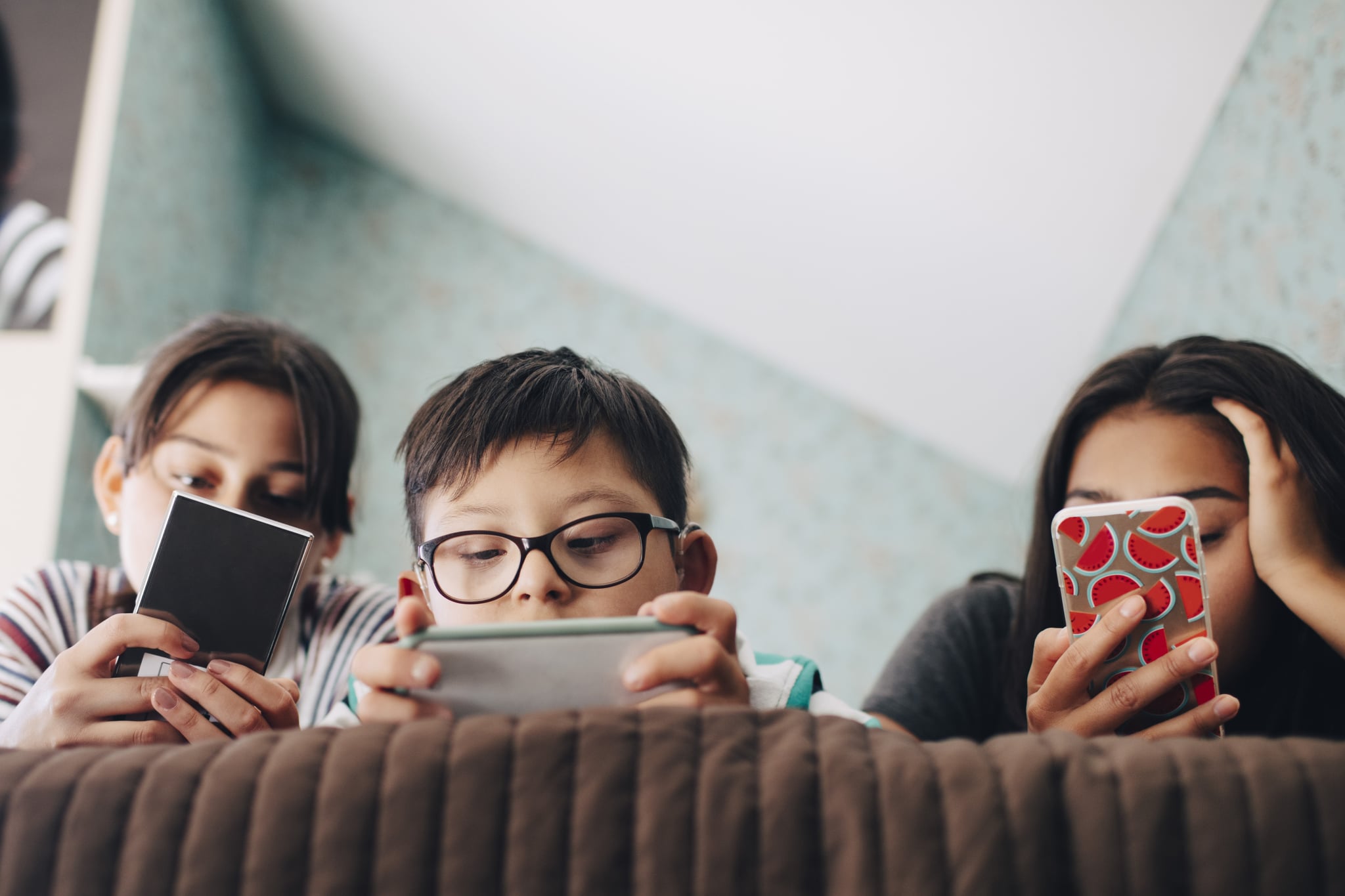
Kids are spending more time online than ever before, and screen time and internet usage are only going to increase. It's easy to get so focussed on how much time kids are spending on their devices that we neglect to consider whether they are using those devices in a way that is safe, responsible, and appropriate for their age level. This concept, called internet literacy, can help kids develop a healthy relationship with the digital world.
POPSUGAR spoke with Anne Bryan, CEO of Circle, a screen-time management solution for families, and Jeff Knutson, senior producer and content strategist of education for Common Sense Media, to learn more about internet literacy and how to teach kids its key concepts.
What Is Digital Literacy?
The National Association For Media Literacy Education defines media literacy as the "ability to access, analyse, evaluate, create, and act using all forms of communication." Digital literacy (or internet literacy) is an extension of this concept that applies to media from the internet, mobile devices, video games, and other electronic sources.
Learning the concepts of digital literacy can help children navigate these types of media effectively, safely, and responsibly. According to Knutson, "Understanding digital literacy means kids can effectively consume, create, and communicate using digital media."
Mastery of digital literacy skills also means knowing the limits of technology and the risks that come with it. "We know that everyone will use screens and we want to encourage their healthy use," Bryan told POPSUGAR.
What Are the Most Important Digital Literacy Skills Kids Need to Know?
Digital literacy extends well beyond knowing how to read an article online or send an email to a school friend. Just like adults, kids need to know how to discern if an information source is reputable, how to develop healthy screen-time habits, and how to stay safe in a digital world.
The experts we spoke with agree the best way to do that is to be aware of your child's online habits and have open, honest conversations about their media use.
When it comes to developing healthy screen-time habits, Bryan stressed the importance of keeping kids involved in setting those boundaries. She suggested setting screen-time limits, deeming certain parts of the house (like the dinner table) "tech-free zones," coming up with ideas and activities for screen-free time, and setting and monitoring limits to help stick to the plan.
How Can Kids Learn the Difference Between "Real News" and "Fake News"?
To help kids discern real news from fake, the best thing parents can do is to be present and know where they are getting their information. If they read or see something that seems beyond belief, look at the site with them to help determine if it is a credible, high-quality source of information. Use this analysis as a way to further the conversation about reliable news sources.
For less experienced readers, Bryan also recommends "sticking to educational sites provided by your school or local library where educators carefully curate and verify sites." Older, more independent learners can open their research up to a wider range of sources, but should always "double-check if something sounds too good to be true," according to Bryan. Kids can eventually learn to do this on their own, too, using tools like OpenSecrets.org, FactCheck.org, PolitiFact.com, and more (see a full list here).
What Can Parents Do to Teach Their Kids About Digital Safety?
It's not always easy to talk to kids about the dangers of giving out personal information online, but addressing these issues head-on in an age-appropriate way is the easiest way to keep kids safe online.
Knutson told POPSUGAR that it's really never too early to teach kids about online safety. "Even kids from kindergarten through second grade can learn how to go safely online." He recommends using a traffic light analogy (outlined in detail here), with a system of green light, yellow light, and red light to help kids determine if a website is safe and appropriate.
As kids get a little older, you can start discussing more serious topics. "Kids need to be aware of their digital footprint. Anything you put online stays there," Knutson said. He also discussed the importance of teaching kids which information is safe to give out online and which isn't. Younger kids need to know that things like their phone number, home address, and passwords should always be kept private. As kids get older, you may want to work alongside them as they sign up for social media and other online accounts to ensure they know exactly what they are agreeing to when they sign up.
What Can Parents Do to Teach Their Kids to Be Good Digital Citizens?
All kids have the potential to be impacted by cyberbullying. Circle has a great parent resource that helps parents understand cyberbullying and the signs to look out for if you are worried your child is being bullied online.
To ensure your child is never the one doing the bullying, Knutson recommends teaching them what it means to be a good "digital citizen." "Kids should learn how to be kind and respectful online," he said. Common Sense Media has a series of free, grade-based lessons on digital citizenship that teach kids about all aspects of digital literacy, including cyberbullying.
No matter how you choose to approach these important lessons, one of the most important things you can do for your kids is to model the behaviour you expect from them. If they see that you are kind and responsible online and have a healthy relationship with media and your devices, they will learn to do the same. "As your kids' primary teacher," Bryan said, "you'll want to model the relationship with technology that you hope they'll develop. Regardless of what you say, kids will learn the most by watching you."

